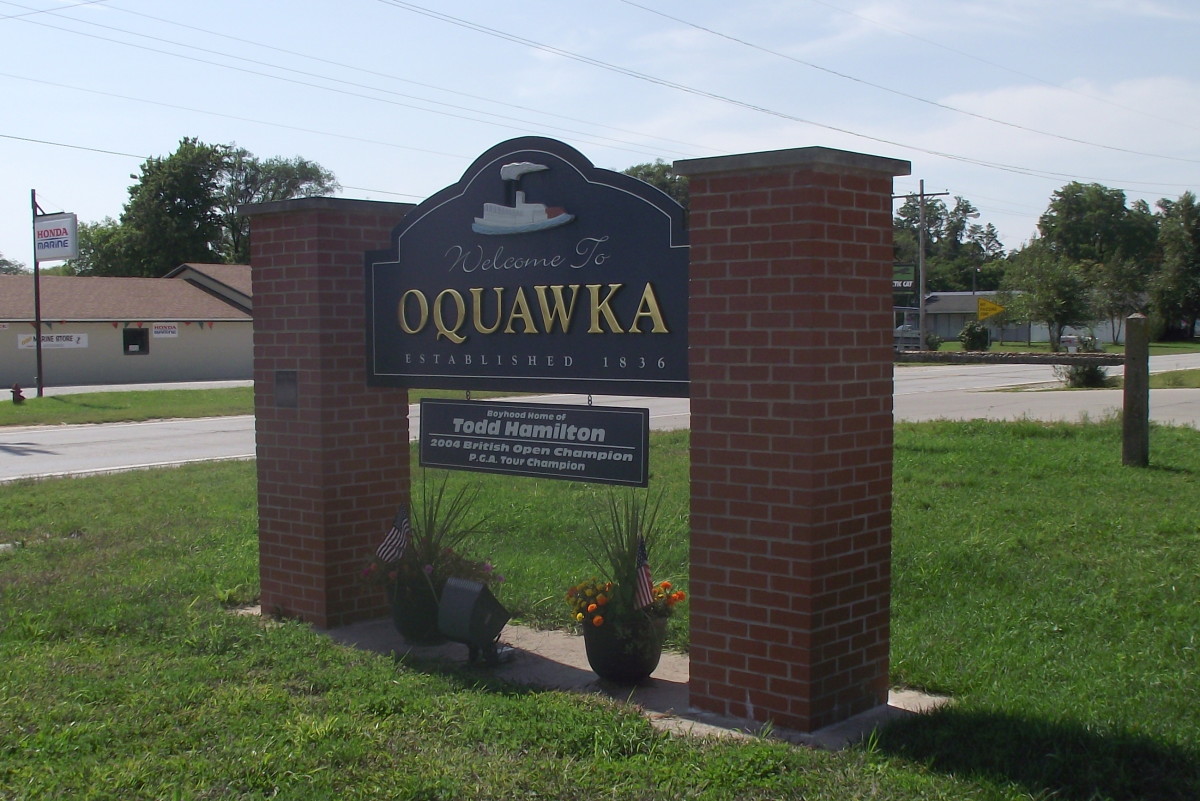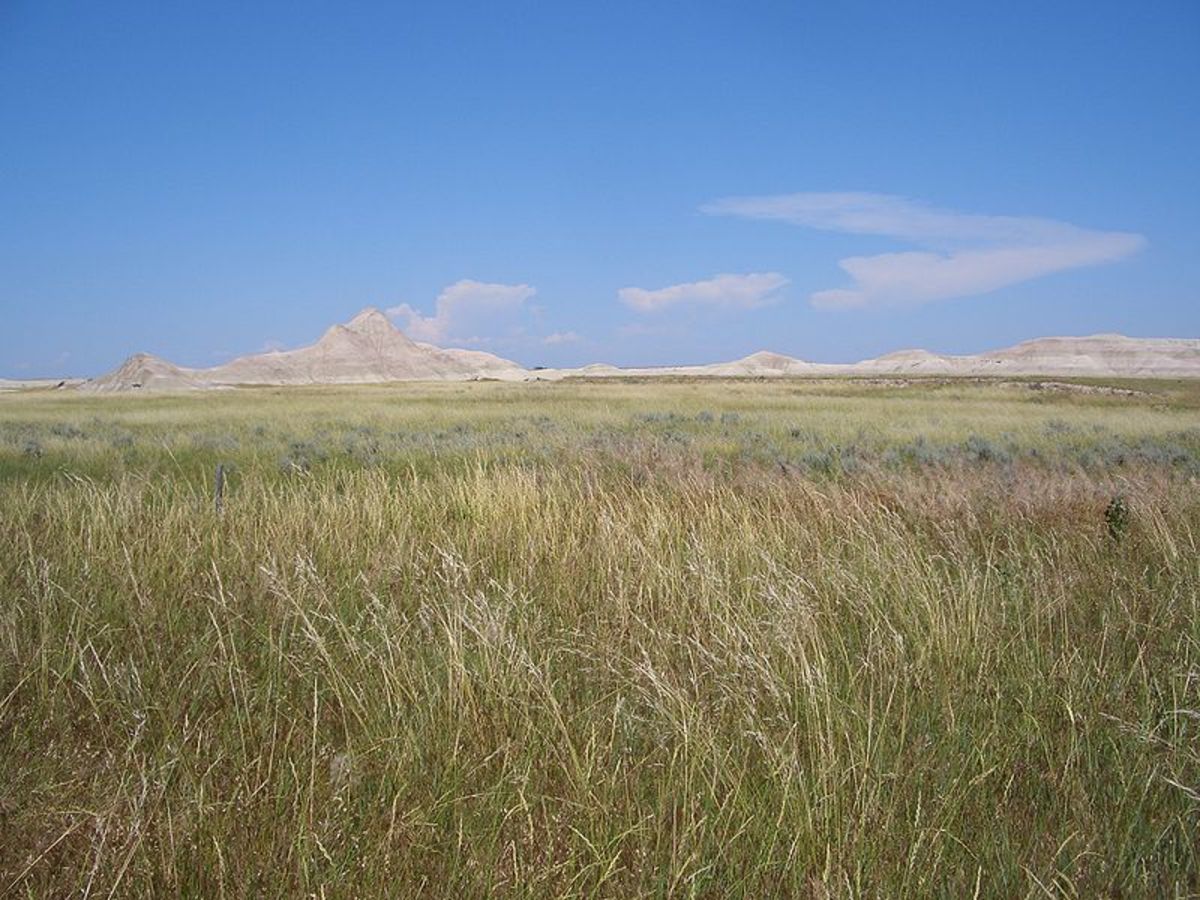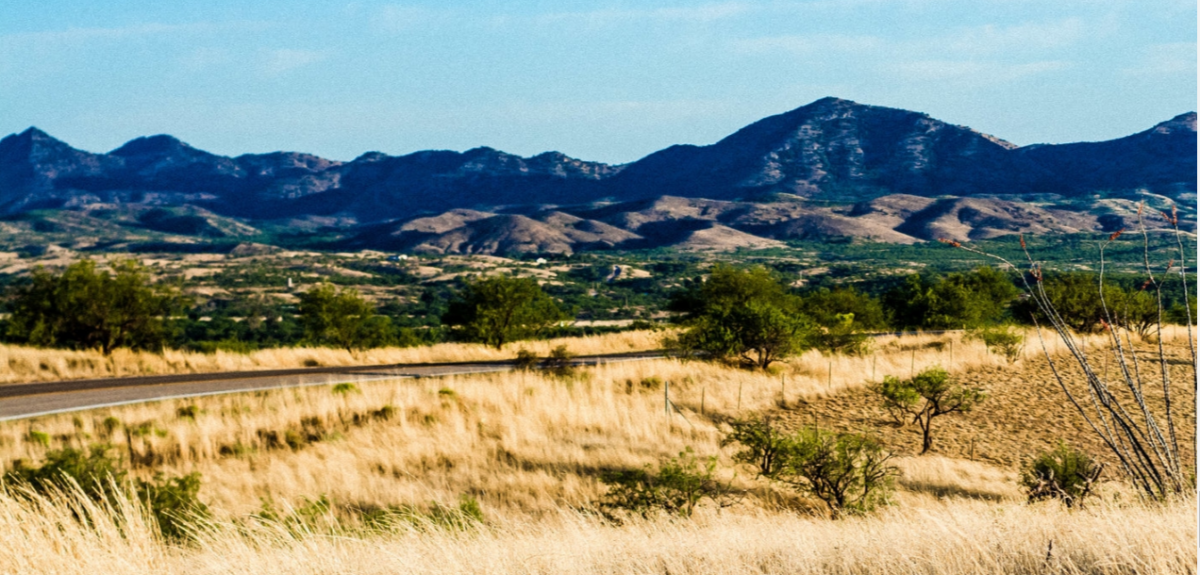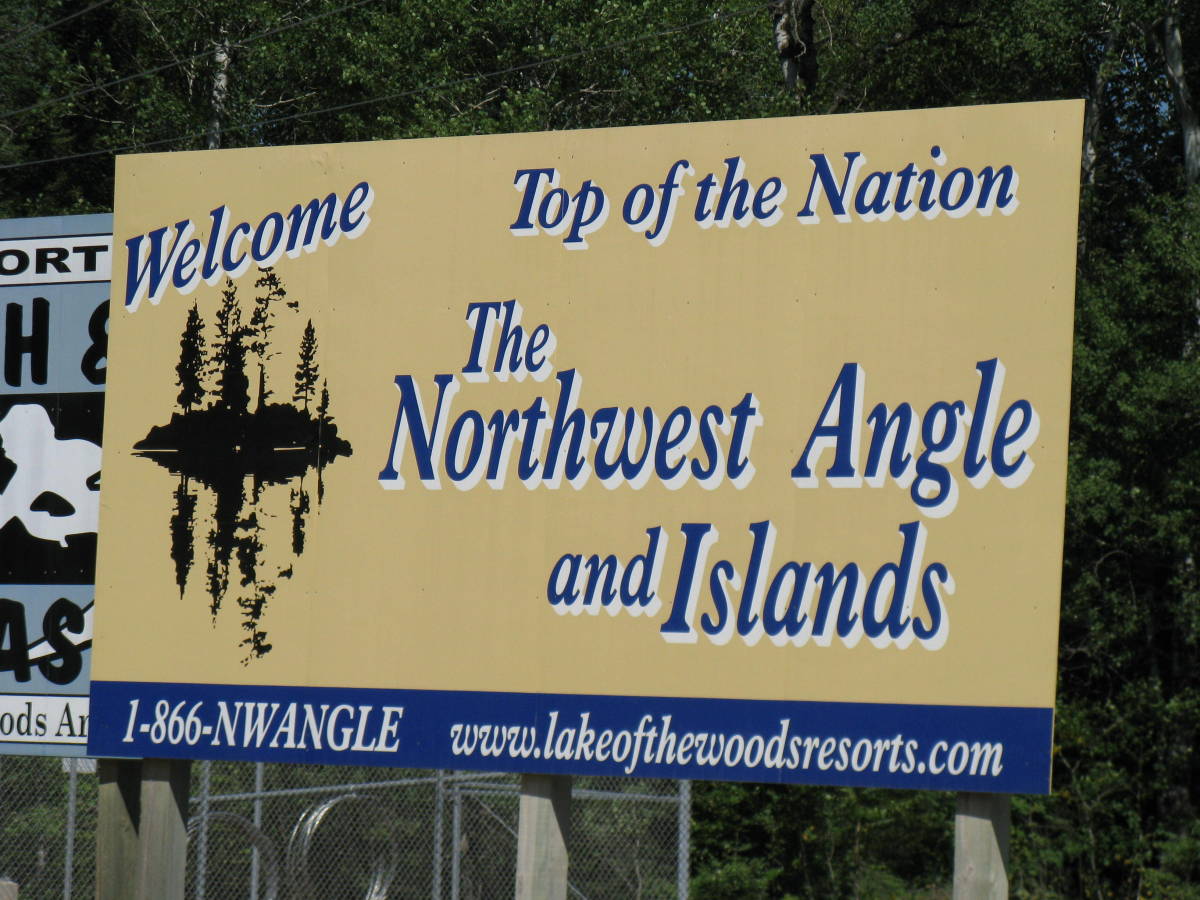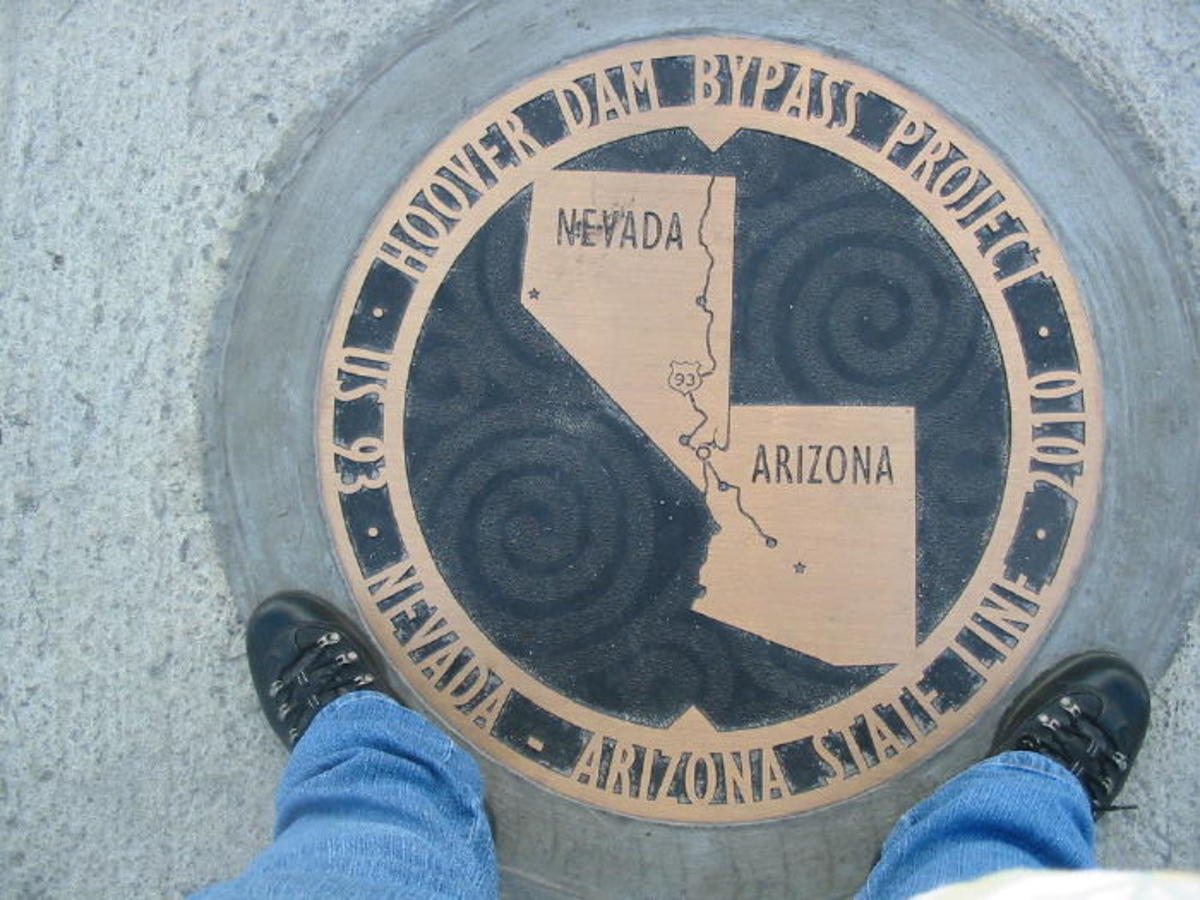History of American Towns-Part V including pigs eye
St.Paul

Authors note
Since I've discovered that the original hub History of American Towns is overcrowded, I have moved several items to this hub and others. I have also added some pictures. I hope this makes it easier
Pig's Eye
How would you like to live in a town called “Pig’s Eye?”
Well that was once the name of the second largest city and state capital of Minnesota. It is now the part of the local folklore, the name of a local beer brand and still has a large wetland carrying on the name.
Many years ago, I lived in St. Paul, Minnesota not far from Pig’s Eye Lake which is a shallow non-navigable resource rich backwater area. The channel between the lake and the Mississippi river is industrialized on one side and wild on the other, according to the “Mississippi River Field Guide” http://fieldguide.fmr.org/site_detail.php?site_id=319
It has also been used as a place to dump garbage and refuse. According to a public radio report called “The Sins of Pig’s Eye.” http://news.minnesota.publicradio.org/features/200006/19_losurem_dump/
What I found more interesting was that it was an early name for the settlement that became St. Paul, Minnesota. So what is the story of St. Paul and where did its current name come from.
According to the “Pig’s Eye’s Notepad an Historical Encyclopedia of St. Paul, MN (1830-1850" http://www.lareau.org/pep.html the earliest name associated with St. Paul was give by the Indians. IM-IN-I-JA-SKA meaning “White Rock” in English, apparently inspired by the limestone cliffs in the area.
Fort Snelling, which is located in St. Paul, was established in 1819. Nearby a squatter’s settlement was settled by refugees Selkirk Colony, Manitoba along with other persons found to be undesirable by found to be undesirable by Major Tallliaferro of Fort Snelling and the local Indian agent. The major was especially bothered by a retired fur trapper and moonshiner named Pierre Parrant, nicknamed “Pig’s Eye.” The major extended the jurisdiction of the fort to include the location of the camp and forced the settlers to move.
The settlement was named Lambert’s landing, but became known as Pig’s Eye when Parrant set up a tavern there. According to Wikipedia, Fr. Lucien Galtier established the Log Chapel of St. Paul which became the location for the Cathedral of St. Paul and renamed the settlement as well.
http://www.google.com/search?q=Wikipedia+http%3A%2F%2Fen.wikipedia.org%2Fwik%2FSt._+Paul%E2%80%99_+Minnesota+&sourceid=navclient-ff&ie=UTF-8&rlz=1B3GGIC_enUS228US250
Hattiesburg,Mississipi
This southern city of about 50,000 people has four major railroad lines and highways linking New Orleans, Meridian, Gulfport , Jackson and Mobile Alabama.
It was founded by Capt. William H. Hardy who engineered two railroads and named the town for his wife Hattie.
Early pop sign
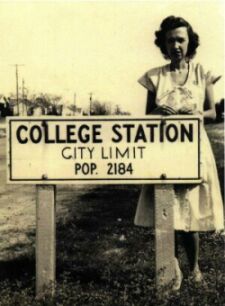
College Station, TX
It's interesting that often a town seems to get a name rather passively. College Staion, a city in Brazos County Texas, is just such a case.The city is in central Texas and in one of the most populated regions of the state. The main campus of Texas A&M University is located there. In many ways an important city. Yet, it got it's name purely by chance.
Before the Civil War, the Houston and Texas Central Railway stopped just short of Bryan. When Texas Agricultural and Mechanical College chose to build there in 1871 students were let off there instead of in Bryan. When a university post office was opened in 1877 near the tracks, it became College Station. In 1838 it was incorporated as the town of College Station. Thus, the name of the town just sort of happened.
Tarzan

Tarzan, TX
Tarzan, TX
The town of Tarzan was first settled in 1925. In 1927 Tant Lindsay, the store owner in the community submitted a list of possible names to the Post Office. The postal officials probably thought it was funny to name the town Tarzan after the popular comic book and movie hero. Lindsey became the first postmaster.
Wyatt Earp at about age 21
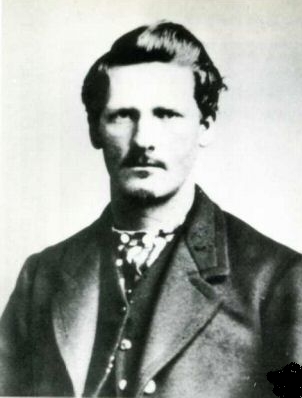
Monmouth, IL
It used to be that Monmouth was proud of the fact that the Western gunfighter Wyatt Earp was born there. Since finding out that Earp was not the hero they thought he was they have had second thoughts.
The Town was established by John Talbot who won a tract of land there in a poker game. Potential names for the town were submitted and drawn. The winning name was Kosciusko. Tadeusz Kosciusko fought in the American Revolution and became a naturalized citizen and later became a hero in the Polish military. The founders decided that the name was hard to pronounce and spell, so they tried again.. In the next drawing the name Monmouth was picked.
Nockamixon Park Geese

Quakertown,Pa
The Society of Friends first knew this place as “Great Swamp” in the middle of the 18th Century. It was also known as Richard Centre and was in Richland Township.
During the revolutionary War it was a hiding place for the Liberty Bell. In 1801 the settlement was officially Quakertown and the first post office bearing its name was established two years later.
In 1855 the North Pennsylvania Railroad came. Combined with the post Civil War expansion changed Quakertown from a tiny village to a commercial center, to include manufacture of cigars, boots, shoes, harnesses, wheel spokes and stoves.
Today it has a population of 9000 and is about 50 miles from Philadelphia.
Saloon girls
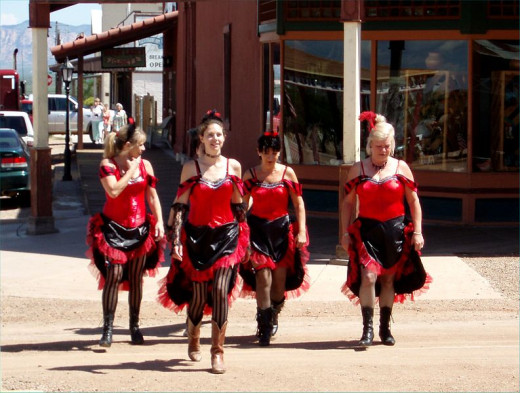
Tombstone, Arizona
As a student of folklore, frontier history and the wry, sometimes macabre, sense of humor often expressed in the names of places and institutions fascinates me.
As such Tombstone and it’s newspaper the “Tombstone Epithet” is a prime example. When one thinks of Tombstone the first image is usually of Wyatt Earp and the gunfight at the OK corral, which I understand was more or less a parking lot for horses. That’s an image developed and promoted by Hollywood.
The story behind the name involves a miner, Ed Schieffelin. Who left Fort Huachuca with a party of soldiers to look for silver. His friends told him the he was more likely to find his tombstone than to find silver. As a result he named his first claim “Tombstone.“ After that a wild, lawless boomtown grew when word got out about silver strikes
.
Schieffelin continued prospecting until he died at the age of 49. He was returned to Tombstone for burial.
Hibbing street sceen
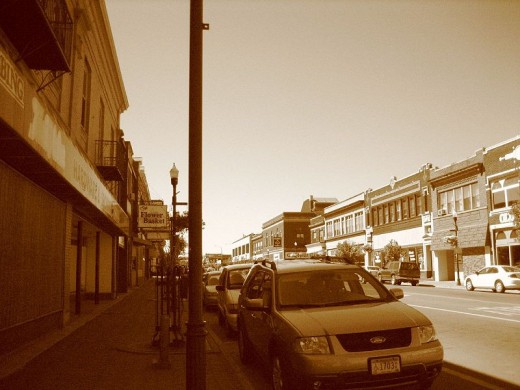
Hibbing, Miinesota
Hibbing, Miinesota
Minnesota folks talk about going “up North,” which can be anywhere north of the Twin Cities. Hibbing is definitely up north and if not the furthest, it is still further than many people want to go unless they have definite business up there. At one time, it was known for its iron mining and it was found that the ore extended to the town itself. And the town was actually moved two miles south of its original location. Many years ago, when my children were still children we took a tour of a vast open pit mine up north. The area was known as the Mesabi Iron Range which runs from Grand Rapids, Minnesota through Hibbing to Babbitt, Minnesota. For reasons I will never understand the producers of “Little House on the Prairie” place it around Walnut Grove, Minnesota which is in the southwest part of the state. But than they put the El in Minneapolis instead of Chicago.
Hibbing was founded by Frank Hibbing in 1893. He was born in Germany His mother, of English descent was named Hibbing and he assumed her name when he came to the New World. He settled in Duluth where he established a real estate business and began exploring for iron.
In 1893 the townsite of Hibbing was laid out and named for him. He felt a personal responsibility for the town and helped develop it.
In the 1960s iron became more scarce in Minnesota and Taconite became more important. Taconite used to be considered worthless as it only contained about 30% iron, but new methods of mining made it made it more desirable and exploration for it began in the Mesabi range in 1956.


